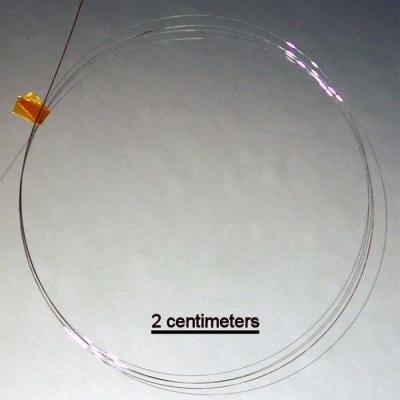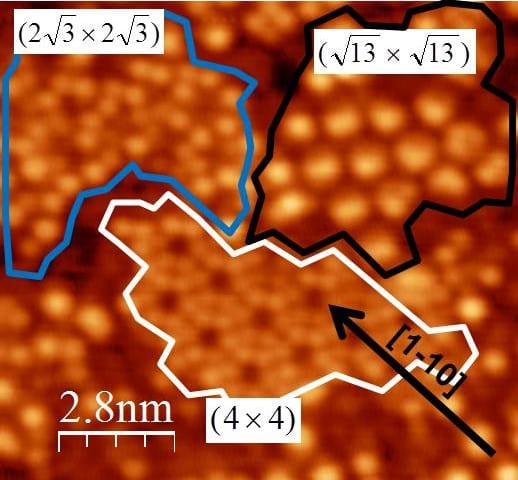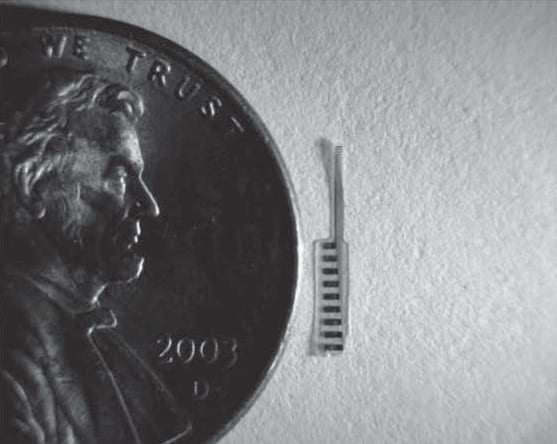A state-of-the-art welding process refined for use in naval shipbuilding by the Office of Naval Research (ONR) has crossed over to the world of computing.

Flexible silicon solar-cell fabrics may soon become possible
Researchers make a fiber out of crystalline silicon semiconductor materials that can function as a solar cell.
"4D transistor" gives glimpse at future of computing
Purdue and Harvard researchers create stackable indium-gallium-arsenide transistors.
Building graphene monoliths by mimicking natural cork
Monash researchers have taken inspiration from one of the oldest natural materials to exploit the extraordinary qualities of graphene.

Glass fuel cells for next-generation electronics
New breed of micro fuel cell could serve as a long-lasting, low-cost, and eco-friendly power source for portable electronic devices.

Ames Laboratory scientists develop indium-free organic light-emitting diodes
US researchers have discovered new ways of using a well-known polymer in organic light emitting diodes.

Metal Forming 2012 Online and Free to Download
Special edition of steel research international published, containing papers presented at the 14th Metal Forming International Conference.

Could silicene be the future of electronics?
The next generation of computing could be performed with silicene, an atomically thin form of silicon which could revolutionize electronics.

Processing Method Shows Promise for Neural Implants
University of Texas researchers develop materials that are stiff for initial implantation, and then soften to better match the mechanical properties of brain tissue.
SkyScan Micro-CT Product Line for 3D X-Ray Imaging
Bruker Presents SkyScan Micro-CT Product Line for 3D X-Ray Imaging in Materials Research










